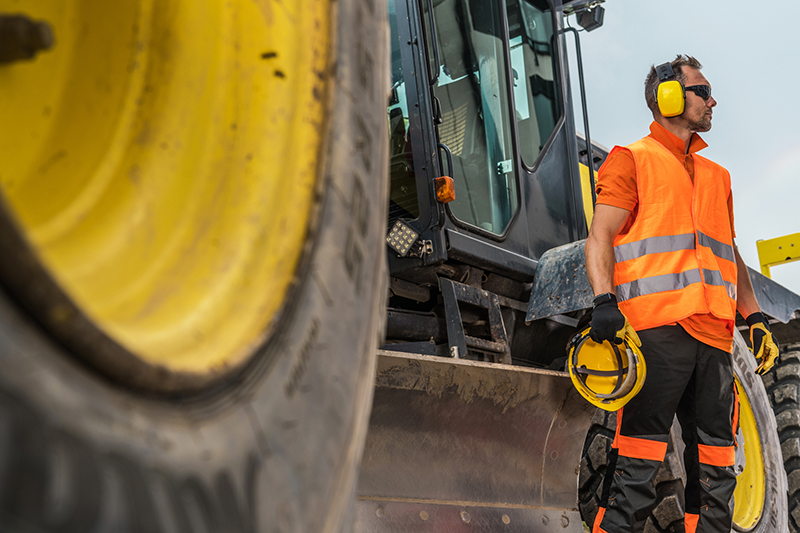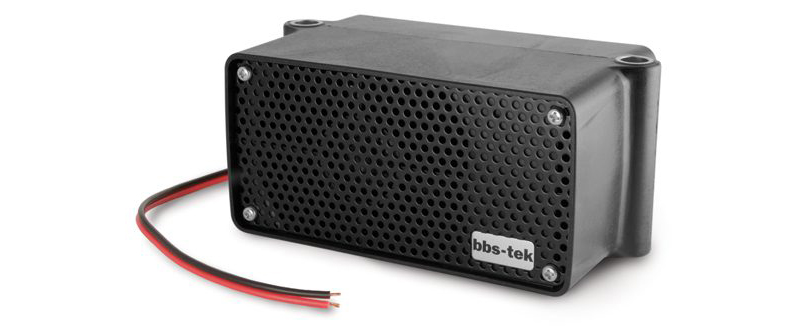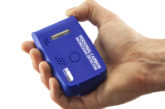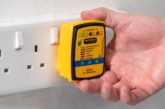
Noise is inevitable in the construction industry, so how can the trades avoid Noise-Induced Hearing Loss (NIHL)?
NIHL is usually the result of extended exposure to sound levels at or above 85 dBA (average decibel levels). Symptoms include deafness and tinnitus, a distressing ringing in the ears that can have a highly detrimental impact on quality of life.
The World Health Organisation reports that, worldwide, NIHL is the most prevalent irreversible occupational hazard. Once the damage is done, it’s often too late to be remedied. To compound the issue, workers with compromised hearing are themselves at further risk of danger since they may have trouble hearing warning alarms or safety instructions while on-site.
Reducing risk
Fortunately, there are many ways that noise levels can be reduced on construction sites. For example, smarter design methods mean that ducts can be incorporated into a wall at manufacturing stage rather than being chased out on-site. Power tools are being adapted and developed to be ever quieter, and hearing protection such as ear defenders can be worn when it is safe to do so. Some noises, such as the tonal ‘beep beep’ of vehicle reversing alarms can be eliminated entirely using the latest reversing alarms on the market.
In the UK, the Building Safety Group (BSG) reported a 25% increase in the number of noise infringements occurring on construction sites in 2019. Under the Control of Noise at Work Regulations 2005, employers have a duty to protect workers and take steps to reduce the risk. Yet approximately 17,000 people in the UK suffer deafness, ringing in the ears or other ear conditions caused by excessive noise at work.
The BSG warns of workers become desensitised to high noise levels, and not realising there’s a problem until it’s too late.
Alarms
Reversing alarms have long been a solution to alerting those on the ground to danger when a heavy vehicle is moving. But research has shown that old-fashioned tonal alarms may be causing significant noise pollution on construction sites, and to people living and working nearby. In addition, it’s not always possible to locate the direction from which the alarm originates, meaning its effectiveness can be severely compromised, especially if several alarms are sounding at once.
Multi-frequency alarms are helping to address this problem. Rather than the traditional ‘beep beep’ of tonal alarms, they create a ‘ssh-ssh’ sound which is gentle on the ear and dissipates quickly. The alarm can therefore be instantly located and heard only in the danger zone. In adverse conditions, for example if rain is pounding down, the warning decibel level will be increased, but only to the minimum level required to ensure the alarm is heard.
While products such as Brigade’s bbs-tek White Sound reversing alarm are a step towards limiting noise pollution, they form only part of the picture. Regular monitoring of employees’ hearing alongside reviews of worksite practices and strict adherence to noise guidelines are essential to protect workers from the cumulative effects of worksite noise.














